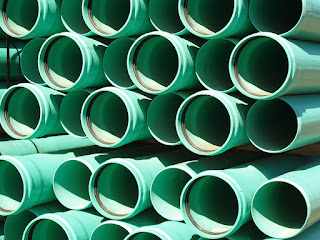The Benefits of Using PPR Pipes and Fittings in Building Construction

When it comes to building construction, choosing the right materials for your plumbing system is crucial. PPR (Polypropylene Random Copolymer) pipes and fittings have become increasingly popular in recent years due to their numerous benefits and advantages. In this blog post, we'll explore the benefits of using PPR pipes and fittings in building construction and why they're becoming the go-to choice for many builders and architects. Durability and Longevity One of the most significant benefits of PPR pipes and fittings is their durability and longevity. Unlike traditional PVC pipes, PPR pipes are resistant to cracks, scratches, and other forms of damage that can compromise the integrity of the pipe. This makes them ideal for use in high-traffic areas, such as commercial buildings, hospitals, and schools. PPR pipes are also resistant to corrosion and can withstand exposure to harsh chemicals, making them suitable for use in industrial applications. In fact, PPR pipes have bee...





.png)